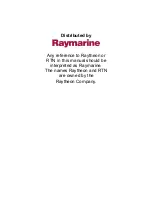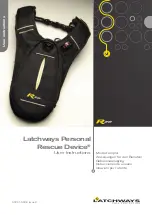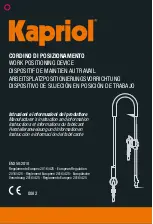
1
2
4
5
7
6
3
8
Figure 14 384-well RNase P plate
1
NTC (no template control)
2
STD 1,250 copies
3
STD 2,500 copies
4
STD 5,000 copies
5
STD 10,000 copies
6
STD 20,000 copies
7
Unknown A (5,000)
8
Unknown B (10,000)
Performance specifications pass criteria
After the run, the software calculates average copy number values and standard deviation values.
The instrument passes performance specifications if the following inequality is true and the instrument
successfully distinguishes between unknown populations A and B with a statistical confidence level
of 99.7%.
[(C
qA
) – 3(σ
CqA
)] > [(C
qB
) + 3(σ
CqB
)]
where:
• C
qA
= Average C
q
of unknown population A
• σ
CqA
= Standard deviation of unknown population A
• C
qB
= Average C
q
of unknown population B
• σ
CqB
= Standard deviation of unknown population B
The software automatically adjusts the threshold and omits a defined number of wells from the
unknown populations to meet the performance specifications. To view any omitted wells, open the
data file for the verification in the desktop software.
Prepare an RNase P plate
Materials required for RNase P plate preparation
• RNase P instrument verification plate
• Centrifuge with plate adapter; buckets cleaned before use
• Powder‐free gloves
• Safety glasses
Chapter 7
Calibrate and verify instrument performance
Perform verification using RNase P plates
7
QuantStudio
™
6 Pro Real-Time PCR System and QuantStudio
™
7 Pro Real-Time PCR System User Guide
105
















































